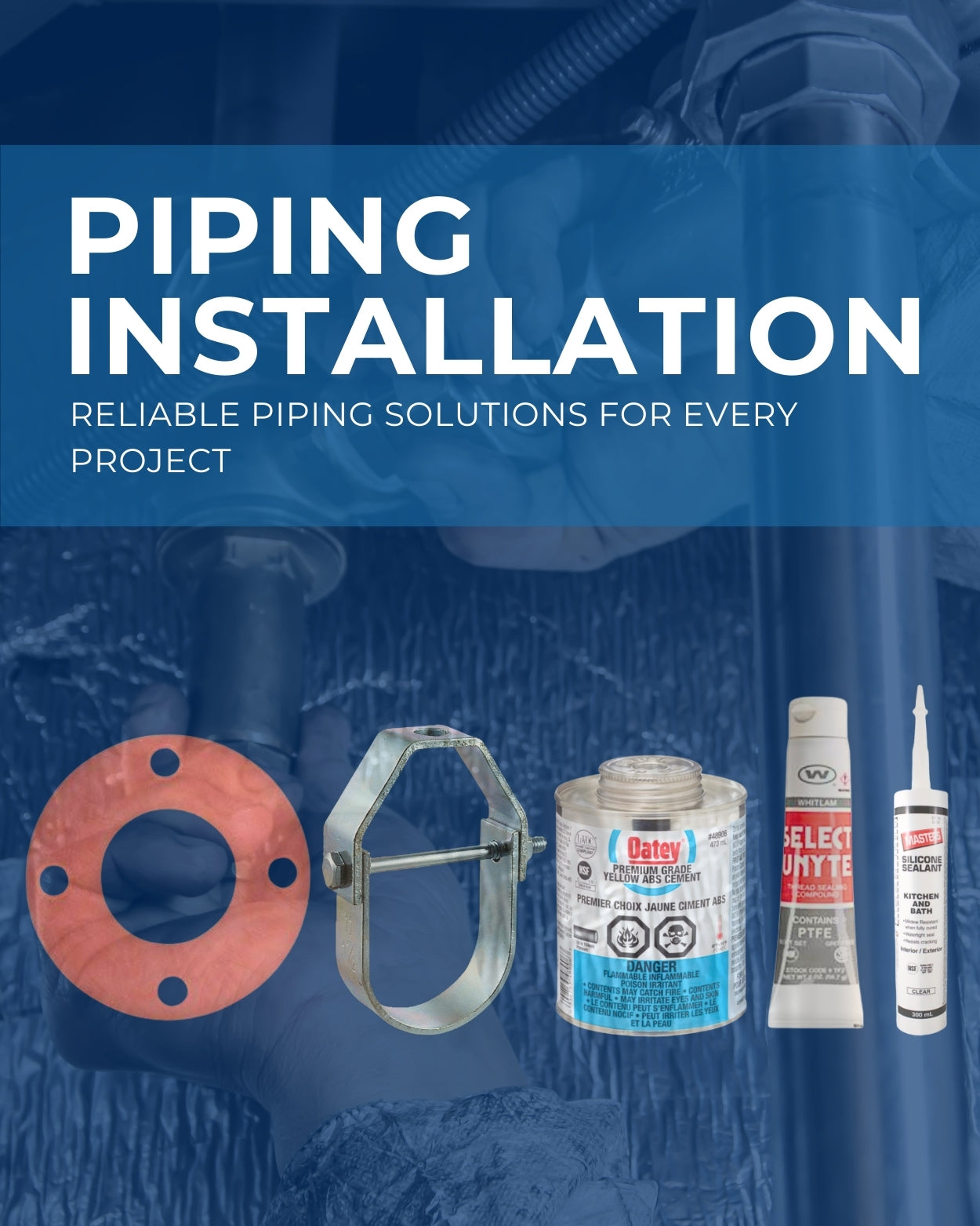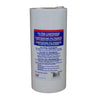Categories
- Shop All (5678)
-
-
- Hi-Vis Chainsaw Safety (14)
- Hi-Vis Coveralls and Overalls (25)
- Hi-Vis Hoodies and Shirts (49)
- Hi-Vis Jackets (35)
- Hi-Vis Pants (21)
- Hi-Vis Rain Wear (47)
- Hi-Vis Vests (51)
- Winter Hi-Vis Bombers and Parkas (25)
- Winter Hi-Vis Coveralls and Overalls (22)
- Winter Hi-Vis Hoodies (4)
- Winter Hi-Vis Pants (3)
- Winter Hi-Vis Vests (6)
-
- Bib Overalls (10)
- Bombers and Parkas (16)
- Coveralls and Overalls (18)
- Disposable Garments (12)
- Flannel and Plaid Work Shirts (20)
- Heated Work Wear (7)
- Hoodies and Sweaters (11)
- Industrial Rainwear (49)
- Pants and Shorts (60)
- Shirts and Sweaters (33)
- Thermal Underwear (41)
- Vests (17)
- Work Jackets (75)
-
-
-
-
- Brooms (2)
- Dust Mops (0)
- Dust Pans and Brushes (4)
- Flow Thru Tools (2)
- Microfiber Mops (0)
- Pool and Tank Tools (2)
- Scrubbers and Scrapers (1)
- Soap and Sanitizer Dispensers (0)
- Sprayers (1)
- Squeegees (1)
- Toilet Brushes and Plungers (3)
- Trash Cans & Bags (8)
- Wet Floor Signs (0)
- Wet Mops and Buckets (5)
-
- Bars and Prying Tools (21)
- Bolt Cutters and Shears (18)
- Chisels and Punches (9)
- Combination Hand Tool Sets (12)
- Extractors (13)
- Files (6)
- Gear Pullers (14)
- Hammers and Mallets (14)
- Hand Saws (22)
- Hex Keys (12)
- Layout and Distance Lasers (1)
- Marking Tools (1)
- Measuring Tools (26)
- Pliers (57)
- Precision Measuring and Testing Tools (24)
- Propane Torches (8)
- Screwdrivers and Nutdrivers (22)
- Sockets (66)
- Tap and Die Sets (11)
- Tool Boxes (27)
- Utility Knives (15)
- VDE Tools (7)
- Wire Cutters and Strippers (14)
- Wrenches (22)
-
- Beveling and Deburring (17)
- Curb and Valve Keys (20)
- Drilling and Tapping (12)
- Extended Impact Sockets (3)
- Flaring and Rerounding (7)
- General Pipe Working Tools (23)
- Guillotine Pipe Cutters (2)
- Hydrostatic Test Pumps (12)
- Internal Pipe Cutters (6)
- Manhole Testing (4)
- PE Peelers (8)
- Pipe Reamers (4)
- Pipe Threading (17)
- Pipe Wrenches (24)
- Plastic Pipe Joint Kits (4)
- Plastic Pipe Saws (5)
- Power Drive (13)
- Quick Release Cutters (15)
- Ratchet Shears (9)
- Ratcheting Wrenches (12)
- Rotary Cutters (3)
- Shut Off Tools (9)
- Soldering Torches (3)
- Vises (7)
-
- Angle Grinders (6)
- Batteries and Chargers (18)
- Bench Grinders (7)
- Circular Saws (3)
- Combo Tool Kits (10)
- Cordless Fans (6)
- Cordless Lighting (15)
- Cut Off Saws (4)
- Drills and Drivers (8)
- Grease Guns (3)
- Impact Drivers (5)
- Jobsite Radios and Speakers (8)
- Lifestyle (7)
- Mitre Saws (2)
- Reciprocating Saws (4)
-
- Angle Grinder Wheels and Brushes (23)
- Bench Grinder Wheels (7)
- Circular Saw Blades (11)
- Drill and Driver Bits (26)
- High Speed Gas Saw Blades (3)
- Holesaws (11)
- Impact Sockets (25)
- Jig Saw Blades (2)
- Oscillating Multi Tool Blades (1)
- Portable Chop Saw Blades (4)
- Power Tool Storage (5)
- Reciprocating Saw Blades (8)
-
-
-
-
- Air Fresheners (2)
- All Purpose Cleaners (19)
- Bowl and Washroom (8)
- Coffee and Breakroom (19)
- Degreasers (3)
- Dishwashing (4)
- Disinfectants and Sanitizers (1)
- Drain Openers (7)
- Hand Cleaners (10)
- Laundry Cleaners (10)
- Paper Products and Wiper Rags (24)
- Scale Removers (4)
- Urinal Pucks and Liquids (5)
- Wet Wipes (2)
-
-
- Ball Valves (13)
- Black and Galvanized Steel Fittings (16)
- Bronze Pipe Fittings and Nipples (13)
- Butterfly Valves (4)
- Check Valves (18)
- Flexible Connectors (4)
- Gate and Globe Valves (5)
- Knife Gate Valves (9)
- Pipe Fitting Accessories (4)
- Schedule 80 PVC Fittings (27)
- Stainless Steel Fittings and Valves (24)
- Victaulic Grooved Fittings (23)
Introduction to Piping Installation Parts
Piping installation parts are crucial components of any plumbing or industrial system, providing a conduit for the transport of fluids or gases. These installations are fundamental in industries such as oil and gas, water treatment, and manufacturing, as well as in residential and commercial buildings. Proper installation and choice of piping parts are critical for optimal system performance, safety, and longevity.
Types of Piping Installation Parts
When we dive into the myriad components involved in piping installation, several parts are critical to achieving a functional system.
Pipes
Pipes are cylindrical components responsible for transporting fluids or gases between locations. They are the primary conduits in any piping system and can be made from various materials, including metal, plastic, and composite materials, each serving different purposes based on their properties.
Fittings
Fittings are essential components used to connect different sections of pipes, changing the direction or diameter of the pipe to suit the requirements of the system. Examples of fittings include elbows, reducers, and tees, each offering different functionalities and ensuring the integrity of the piping system.
Valves
Valves control the flow of fluids within piping systems, allowing for the regulation, redirection, or stopping of flow as needed. Different types of valves such as gate valves, check valves, and ball valves serve diverse purposes and are selected based on the requirements of the system.
Supports
Supports provide structural stability to the piping system, preventing sagging, vibrations, and other stresses that could compromise the system's integrity. They include hangers, anchors, and guides, each contributing to the longevity and reliability of the piping installation.
Material Selection for Piping Installation Parts
The materials chosen for piping installation parts significantly influence the system’s durability, performance, and suitability for specific applications.
Metals
Metal pipes, including steel and copper, are commonly used due to their strength, durability, and resistance to high temperatures and pressures. They are ideal for applications such as gas lines and high-pressure water lines, providing long-lasting solutions.
Plastics
Plastic pipes, such as PVC and PEX, are valued for their corrosion resistance, lightweight, and flexibility. They are widely used in water supply lines, drainage systems, and other applications where corrosion is a concern.
Composite Materials
Composite materials combine the benefits of metals and plastics, offering corrosion resistance, strength, and flexibility. They are suitable for various applications, including high-pressure and corrosive environments, providing versatile solutions to complex piping needs.
Importance of Proper Piping Installation
Ensuring proper piping installation is paramount for both the efficiency and safety of the system.
Efficiency
Correctly installed piping minimizes the risk of leaks and ensures optimal flow rates, reducing energy consumption and operational costs. It also contributes to the system’s longevity, minimizing the need for repairs and replacements.
Safety
Proper installation prevents accidents such as leaks, bursts, and contaminations, safeguarding the health and safety of individuals and the environment. It also reduces the risk of damage to property and equipment, preserving investments and avoiding unnecessary expenses.
Considerations for Piping Installation
Several factors should be considered to ensure successful piping installation.
Design Constraints
The design should accommodate the available space, the required flow rates, and the specific needs of the system. It should also consider future expansions or modifications to avoid costly redesigns.
Budget Constraints
The budget should be carefully planned, taking into account not only the initial installation costs but also the long-term operational and maintenance costs. It is essential to find a balance between quality and cost to avoid compromising the system’s reliability and performance.
Installation Constraints
Installation constraints such as available manpower, equipment, and time should be considered to ensure smooth and timely completion of the project. Proper planning and coordination are vital to overcoming these constraints and avoiding delays.
Conclusion
Piping installation parts play a vital role in the transport of fluids and gases in various applications. The proper selection of materials, types of components, and installation techniques are critical for ensuring the efficiency, safety, and longevity of the system. By considering design, budget, and installation constraints, successful piping installations can be achieved, contributing to sustainable and reliable operations.
FAQs
What is the main purpose of piping installation parts?
Piping installation parts serve to transport fluids or gases efficiently and safely between different locations in various industrial, commercial, and residential applications.
How do you choose the right material for piping installation parts?
The choice of material depends on the application, with factors like durability, corrosion resistance, temperature, and pressure requirements determining whether metals, plastics, or composite materials are suitable.
Are plastic pipes less durable than metal pipes?
Plastic pipes can be less durable in high-temperature and high-pressure environments, but they offer superior corrosion resistance and are ideal for many applications, including water supply lines and drainage systems.
How does proper piping installation contribute to efficiency?
Proper piping installation ensures optimal flow rates, minimizes the risk of leaks, reduces energy consumption, and contributes to the system’s longevity, thereby lowering operational costs.
Can improperly installed piping systems pose safety risks?
Yes, improperly installed piping can lead to leaks, bursts, contaminations, and other failures, posing significant safety risks to individuals and the environment, and causing damage to property and equipment.































